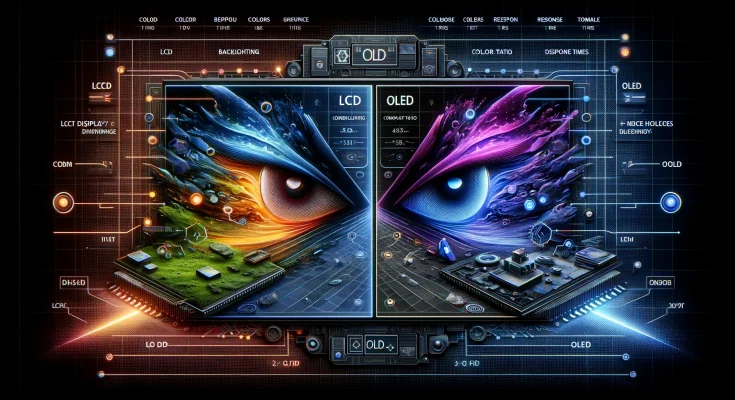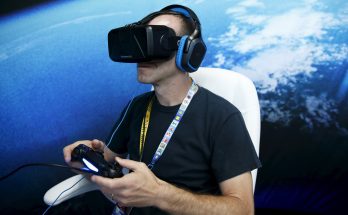In the realm of virtual reality (VR), the type of display technology used is crucial in shaping the immersive experience. Currently, Liquid Crystal Display (LCD) and Organic Light-Emitting Diode (OLED) are the two predominant technologies in the VR landscape. Each technology offers distinct advantages and disadvantages that impact everything from the accuracy of colors to how quickly the image updates, which are essential factors in the VR experience. This article delves into the characteristics of LCD and OLED, how they influence user experience, and what future developments might look like.
Introduction to VR Display Technologies: LCD vs. OLED
At their core, LCD and OLED displays differ fundamentally in how they produce images. LCDs rely on a backlight that illuminates pixels, while OLEDs do not require a backlight as each pixel generates its own light. This fundamental difference influences several performance aspects critical to VR.
Performance Comparison of LCD and OLED Displays
Latency and Response Times: One of the most critical factors in VR, response time affects how quickly a display can update its image. OLED displays typically have faster response times than LCDs, which helps them reduce motion blur and ghosting. This feature makes OLED displays particularly well-suited for VR’s fast-paced environments. Although LCD technology has historically lagged in this area, recent advancements, such as In-Plane Switching (IPS), have significantly improved their response times.
Color Depth and Accuracy: OLEDs are celebrated for their superior color accuracy and the ability to achieve perfect blacks by completely turning off pixels. This not only enhances the color depth but also dramatically improves the contrast ratio—a key element in creating vivid and lifelike VR visuals. LCDs have made strides in color accuracy with technologies like Quantum Dot, yet they still fall short in achieving the deep blacks that OLEDs offer, mainly due to their inherent backlighting system that tends to cause light bleed and uneven black levels.
Refresh Rates: High refresh rates are crucial in VR to minimize latency and ensure a smooth visual experience, which helps in preventing nausea and motion sickness. Both LCD and OLED technologies support high refresh rates. However, OLEDs typically have an edge because of their inherently faster pixel response times, which facilitates quicker image refreshing.
Impact on User Experience: Immersion and Comfort
The choice between using an LCD or OLED display in VR headsets can significantly affect user comfort and immersion. OLED displays, with their better contrast ratios and color depth, tend to offer a more engaging and realistic environment, critical for deep immersion in VR. On the other hand, modern LCDs generally provide brighter displays, which can be advantageous in VR settings that demand high brightness.
Another factor is the screen door effect (SDE), where visible lines between pixels can mar the immersive experience. OLED’s ability to individually control each pixel generally allows it to minimize the appearance of SDE more effectively than LCDs, enhancing the overall visual quality and reducing eye strain during prolonged VR sessions.
Future Trends and Innovations in VR Display Technology
As we look to the future, the VR display market is on the cusp of exciting innovations. MicroLED technology, which offers many benefits of OLED—including pixel-level light control but with greater brightness and reduced risk of burn-in—is expected to become increasingly influential. At the same time, advancements continue in LCD technology, such as the adoption of mini-LED backlights that provide enhanced local dimming capabilities, which help improve contrast ratios to levels closer to those of OLEDs.
Both LCD and OLED are evolving to increase resolution and reduce the size of display components, facilitating the development of lighter, more comfortable VR headsets. As these technologies advance, the distinctions between LCD and OLED in VR applications are likely to diminish, providing users with a broader array of options tailored to their specific needs and visual preferences.
Conclusion: The Evolving Landscape of VR Displays
Both LCD and OLED offer unique benefits and limitations in the context of VR. The choice between these technologies should consider the specific requirements of the VR application and user preferences concerning visual fidelity and comfort. With continuous technological advancements, the future of VR is bright, promising more immersive and visually stunning experiences. As the display technology landscape evolves, it will undoubtedly continue to enhance how users interact with and perceive virtual environments.








